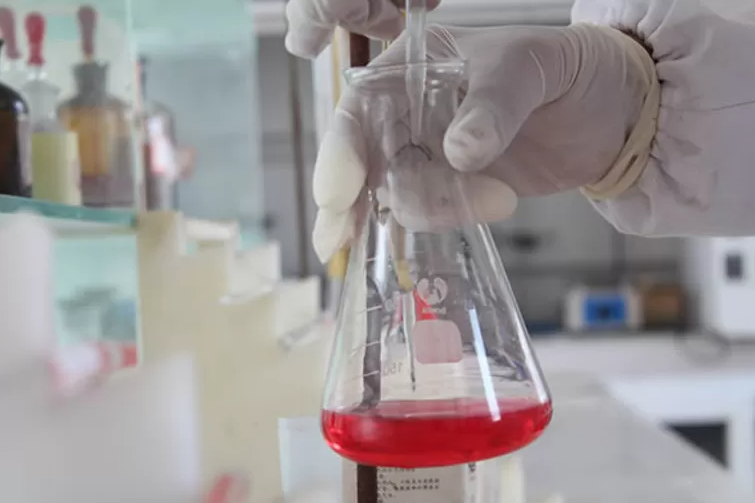The titration method is mostly used for the detection of water hardness, pH and other parameters. Generally, the solution itself will not change during titration, but the color will change. The inspector or related water quality testing equipment can judge the content of the substance in the water through these colors. Therefore, the stability of the color generated by the solution and the indicator during titration is very important, but there are still many operational matters that need to be paid attention to in the water quality titration test.

Operation matters needing attention during titration
1. Before each titration, the liquid level should be adjusted to zero scale or close to zero scale, so that the readings before and after each titration are basically at the same part of the burette, thereby eliminating errors caused by inaccurate burette scales ; It can also ensure that the solution is sufficient during the titration operation to avoid reading errors caused by the lack of solution and the need to refill the solution and then titrate.
2. During titration, the left hand cannot leave the cock, and the solution is allowed to flow by itself. The titration speed must be controlled.
3. When shaking the Erlenmeyer flask, the wrist joint should be slightly moved to make the Erlenmeyer flask make a circular motion. The solution in the flask rotates in the same direction, either left or right, but it must not be shaken back and forth to prevent the solution from splashing.
4. When titrating, carefully observe the color change of the solution in the Erlenmeyer flask. Do not watch the scale changes on the burette, regardless of the progress of the titration reaction.
5. To correctly control the titration speed.
At the beginning of the titration, the speed can be slightly faster, but the solution cannot be discharged from the burette in a running water state. It should be in the shape of "seeing drops into a line", and the flow rate is about 3~4 drops/s at this time. When approaching the end point, people should be added drop by drop. When the end point is almost reached, it should be added half by half until the color of the solution changes.
6. Control and addition of half-drop solution.
When using an acid burette, you can turn the cock slowly, open the cock a little bit, let the solution slowly flow out and hang on the tip of the outlet tube to form a half drop, and immediately close the piston. When using an alkaline burette, your thumb and index finger pinch the part where the glass bead is located, and slightly squeeze the latex tube to the right to make the solution slowly flow out and form a half drop. Immediately release the thumb and index finger, and the solution will hang on the tip of the outlet tube. . Then extend the burette nozzle as far as possible into the lower part of the bottle, use the bottle wall to push a half drop of the solution down, and then blow out the distilled water from the washing bottle to wash down the solution on the bottle wall. Note that only a small amount of distilled water can be used to rinse 1-2 times, otherwise the solution will be over-diluted and the color of the end point will not change sharply. When titrating in a beaker, use the lower end of a glass rod to gently dip a half drop of the solution on the tip of the burette, and then immerse it in the beaker and stir evenly. But it should be noted that the glass rod can only touch the solution and not the tip of the tube. When titrating with an alkaline burette, be sure to release your thumb and index finger first, and then put half a drop of solution down, otherwise bubbles will be generated in the sharp-mouthed glass tube.
7. Disposal of the burette after the end of the titration
After the titration is over, the remaining solution in the burette should be discarded, not back to the original bottle to prevent contamination of the solution. Immediately wash the burette with tap water and distilled water in turn, then fill it with distilled water, clamp it on the burette holder, cover the upper mouth with a vessel, and cover the lower mouth with a clean latex tube or rubber tube, or clamp it upside down on the burette holder for standby . If it is not used for a long time, the water should be poured out. A small piece of paper should be placed between the piston and the stopper of the acid burette, and then put it on with a rubber band, and then put it in the instrument cabinet.



